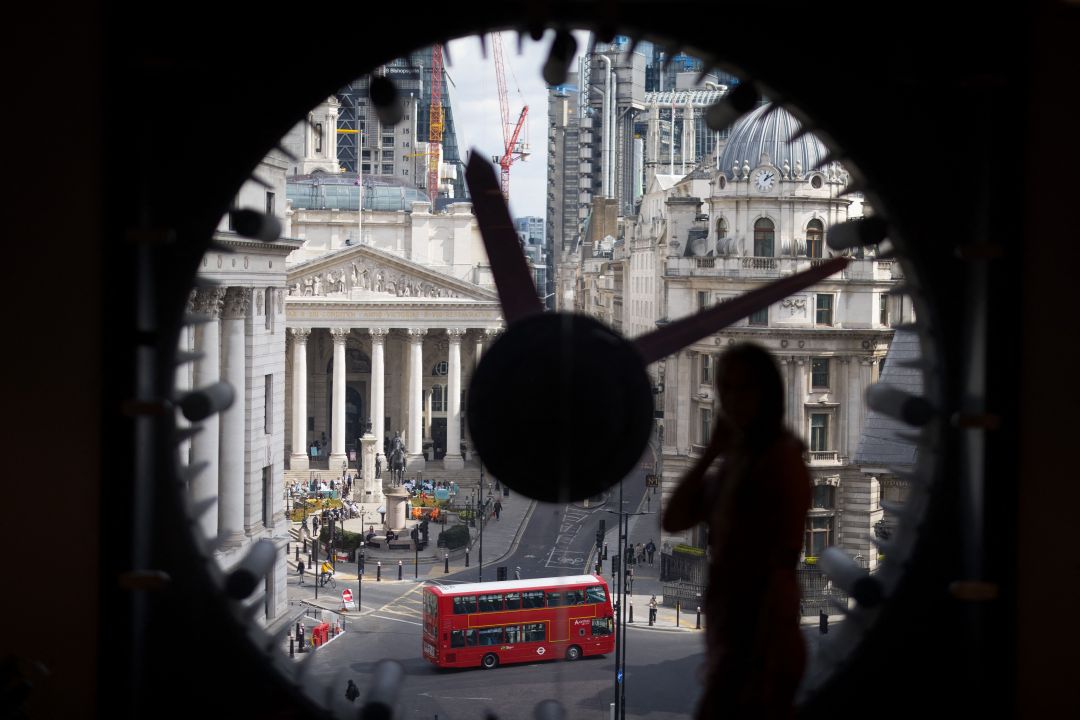It’s been a good week for seeing the vaccine factor at work. We’ve had multiple real-world updates on the Pfizer vaccine’s effectiveness against new variants of Covid-19 (this bodes well for the UK, which was the first country in the world to use the vaccine to protect its most vulnerable residents). And today we’ve had a revised economic forecast from the Bank of England, suggesting the UK’s impressive vaccine rollout could translate into the strongest growth since records began in 1949.
The Bank of England now predicts that the economy will expand by more than 7 per cent in 2021, up from its forecast of 5 per cent in February. Its latest set of predictions puts the BoE on the optimistic end of the spectrum, as the Office for Budget Responsibility’s forecast (from the Budget in early March) predicts a 4 per cent boost in 2021, followed by 7.3 per cent rise in 2022.
If the Bank’s forecast proves correct, it will be the fastest economic growth since the second world war. Are such growth levels realistic? Much of that depends on what 21 June looks like. The volatility in the BoE’s forecast is the extent to which vaccines allow us to return to normal life: including how both voluntary and mandatory social distancing over the summer will impact spending habits and business operations. If decisions are purely data-driven, this should be a no-brainer: Covid infections are now 99 per cent below their peak, while antibody prevalence is soaring thanks to the vaccine rollout. Unless this progress is derailed in a major way, this should allow us to return to normal proceedings in roughly six weeks time, at which point you’d expect to see a significant economic rebound – one that could well prove the BoE’s latest forecast right. But as the past few months have proven, Boris Johnson’s promise to commit to ‘data, not dates’ has been mired in politics, resulting in limited changes to the roadmap timeline (which increasingly looks like it was designed for a different phase of the pandemic).
The BoE isn’t just optimistic about GDP recovery, but about the UK’s unemployment rate as well. The Bank estimates unemployment will peak in Q3 this year at around 5.5 per cent (the latest estimate is 4.9 per cent). This would further bolster the credibility of the Treasury’s furlough scheme: while the end of the scheme will inevitably result in some people discovering their jobs no longer exist, an unemployment peak below 6 per cent would indicate that the scheme – designed to hibernate jobs to survive continuous lockdowns – worked as intended.
It’s notable, however, that Andrew Bailey used cautious language to describe the pending recovery, even as the Bank announced such an optimistic scenario, describing what’s to come as ‘more of a bounce back’ than an economic boom. According to the BoE’s report, in Q1 this year GDP was roughly 9 per cent below its Q4 level in 2019: that’s to say, we are still in the recovery phase, after suffering the largest economic contraction in 300 years. Still, prospects of that recovery are looking increasingly better, thanks to multiple working vaccines.








Comments